Measure Metrics, Master Customer Service Success
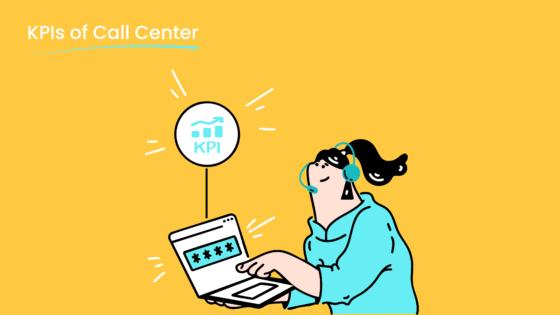
Tracking the right customer service metrics to measure can transform your customer service performance. Metrics such as Customer Satisfaction Score (CSAT) and Net Promoter Score (NPS) offer valuable insights into what your customers need. For example, CSAT measures satisfaction on a 1-5 scale, while NPS evaluates loyalty by asking how likely someone is to recommend your business. Tools like Sobot’s Voice/Call Center help you monitor these metrics in real time. With features like intelligent IVR and call tracking, you can ensure faster resolutions and happier customers. These metrics aren’t just numbers—they’re stepping stones to continuous improvement.
Why Customer Service Metrics Matter
Identifying Strengths and Weaknesses
Customer service metrics act like a magnifying glass, helping you spot what’s working and what’s not. For instance, tracking metrics like CSAT and NPS reveals how satisfied your customers are and how likely they are to recommend your brand. These insights let you focus on areas needing improvement while doubling down on your strengths.
- 73% of customers say fast resolutions are the most critical part of a good customer experience. If your First Response Time (FRT) is lagging, metrics will highlight this gap, enabling you to fix it.
- Metrics also help you evaluate service quality. For example, CES measures how easy it is for customers to resolve issues, giving you a clear picture of friction points in your processes.
Sobot’s Voice/Call Center makes this process seamless. With features like real-time call tracking and intelligent IVR, you can monitor these metrics effortlessly. This ensures you’re always one step ahead in improving your service delivery.
Driving Customer Satisfaction and Loyalty
Did you know that 66% of consumers prioritize their experience over costs when choosing a brand? That’s why tracking customer service metrics is essential. Metrics like CSAT and CES directly impact customer satisfaction and loyalty. When customers feel valued, they’re more likely to stick around and even recommend your business to others.
- Highly satisfied customers often share their positive experiences, boosting your brand through word of mouth.
- According to McKinsey, improving customer satisfaction reduces service costs and increases revenue.
Sobot’s Omnichannel Solution helps you deliver exceptional customer experiences by unifying communication channels. Whether it’s voice, email, or social media, your customers get consistent, personalized service every time. This not only enhances satisfaction but also reduces customer churn.
Aligning Metrics with Business Goals
Customer service metrics aren’t just about numbers—they’re a roadmap to achieving your business goals. By aligning metrics with your objectives, you can track progress and adapt strategies as needed.
- Metrics like customer retention rates and adoption rates show how well your products or services are performing.
- Leading indicators, such as customer inquiries, help you stay agile in dynamic markets.
For example, Sobot’s analytics tools provide actionable insights, helping you align your customer service efforts with your broader business goals. With a 99.99% system uptime, Sobot ensures you never miss a beat in delivering top-notch service.
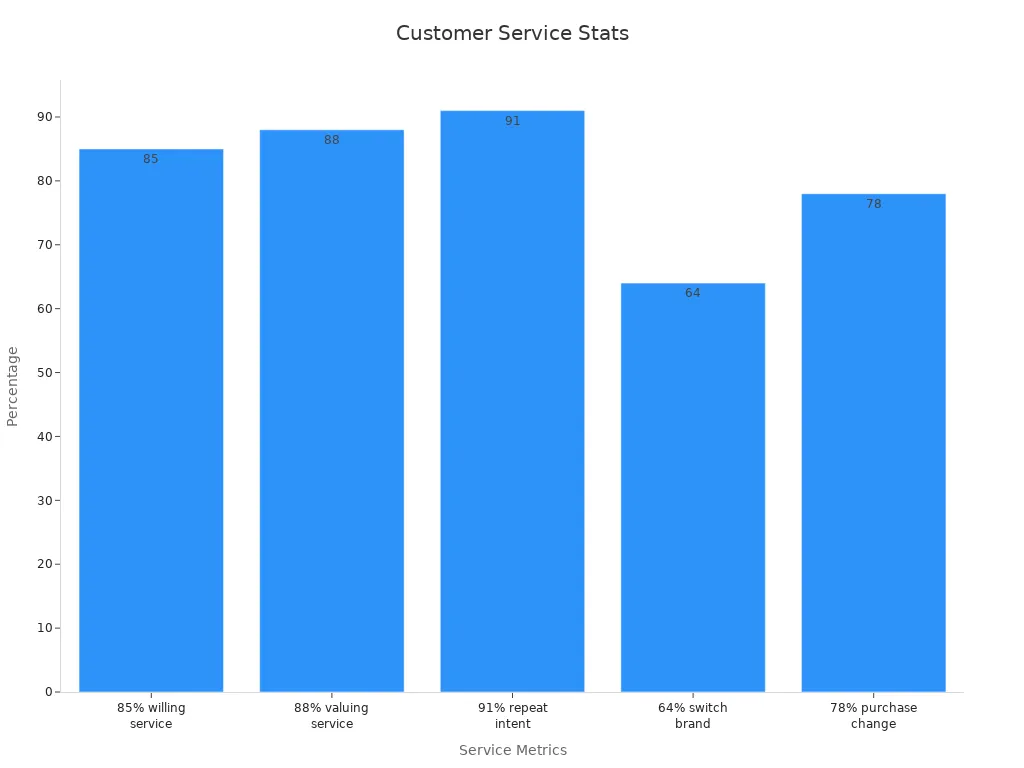
By leveraging customer service metrics effectively, you can drive satisfaction, reduce churn, and achieve long-term success.
Key Customer Service Metrics to Measure
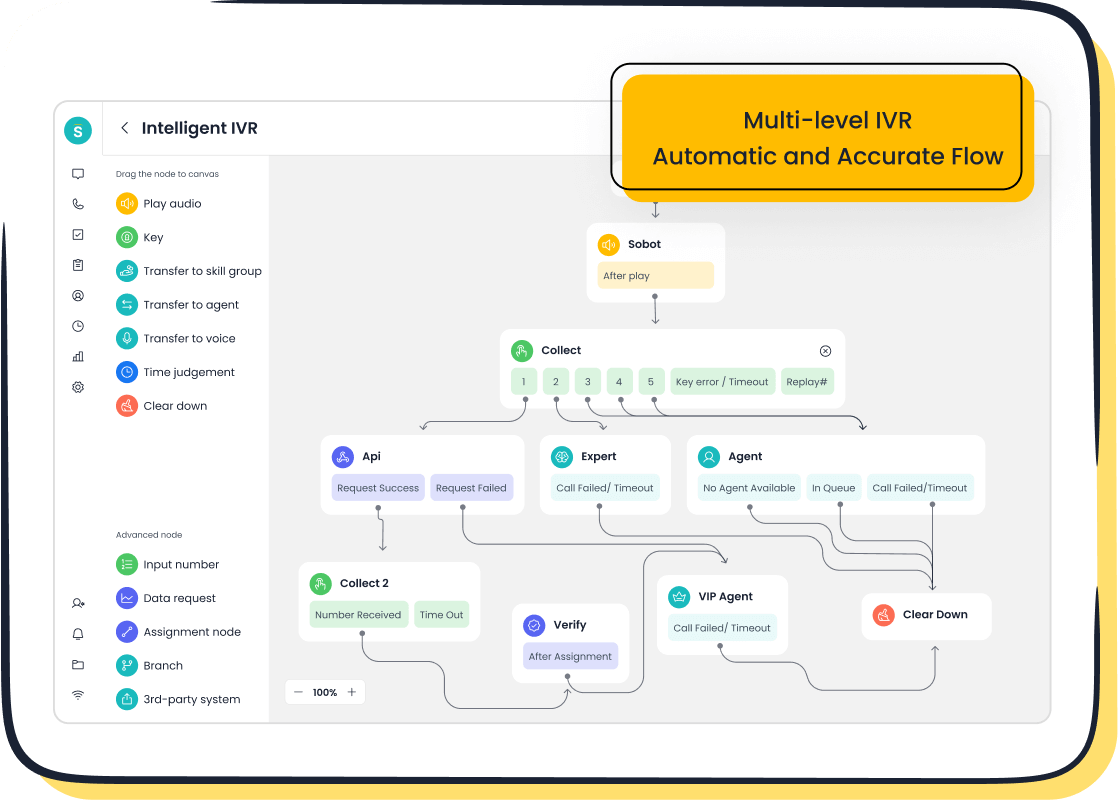
Customer Satisfaction Score (CSAT)
CSAT is one of the most straightforward customer service metrics to measure. It captures how satisfied your customers are with a specific interaction or experience. Typically, customers rate their satisfaction on a scale of 1 to 5, with 5 being "very satisfied." This simplicity makes CSAT surveys easy to understand and quick to complete, which often results in higher response rates.
Why is CSAT so effective? It provides a snapshot of customer satisfaction at critical touchpoints. For example, after resolving a support ticket, you can ask, "How satisfied were you with the resolution?" This real-time feedback helps you identify what’s working and what needs improvement. Businesses with higher CSAT scores often see reduced customer churn, as satisfied customers are more likely to stay loyal.

Sobot’s Voice/Call Center makes collecting CSAT data seamless. With features like intelligent IVR and call tracking, you can gather feedback immediately after a call. This allows you to act on insights quickly, ensuring your service stays top-notch.
Tip: Use CSAT surveys to evaluate specific experiences, such as product returns or live chat interactions. This targeted approach helps you refine processes where it matters most.
Net Promoter Score (NPS)
NPS is a powerful metric for gauging customer loyalty. It asks a simple yet revealing question: "How likely are you to recommend our business to a friend or colleague?" Customers respond on a scale of 0 to 10, with scores grouped into three categories:
- Promoters (9-10): Loyal customers who actively recommend your brand.
- Passives (7-8): Satisfied but not enthusiastic customers.
- Detractors (0-6): Unhappy customers who may harm your reputation.
The beauty of NPS lies in its ability to predict long-term growth. Research shows that a 7% increase in NPS correlates with a 1% increase in revenue. Companies like Philips Lighting have seen accounts with rising NPS achieve 70% revenue growth.
Sobot’s Omnichannel Solution helps you improve NPS by delivering consistent, personalized service across all channels. Whether customers reach out via email, social media, or phone, they’ll enjoy a seamless experience. This consistency builds trust and encourages positive word-of-mouth.
Did you know? Businesses with high NPS often outperform their competitors in customer retention and revenue growth. Start tracking NPS today to unlock these benefits.
First Response Time (FRT)
FRT measures how quickly your team responds to customer inquiries. It’s a critical metric because speed matters in customer service. A quick response can mean the difference between retaining a customer and losing them to a competitor.
For example, 53% of customers consider three minutes an acceptable wait time for phone support. In live chat, the ideal FRT is 45 seconds or less. Industries like retail and education often aim for FRTs under six hours, but the faster, the better.
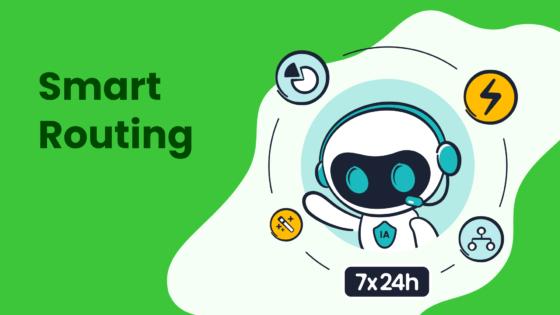
Sobot’s Voice/Call Center excels in reducing FRT. With features like smart call routing and real-time monitoring, your team can respond to inquiries faster than ever. The platform even supports time zone-based analysis, ensuring no customer is left waiting due to regional differences.
Pro Tip: Use FRT data to identify bottlenecks in your workflow. If response times are lagging, consider automating repetitive tasks with Sobot’s AI-powered tools.
| Industry | Average FRT |
|---|---|
| Consumer Services | 6 hours 11 minutes |
| Retail | 5 hours 24 minutes |
| Education | 3 hours 21 minutes |
| B2B | 30 seconds to 26 hours |
By focusing on these three customer service metrics to measure—CSAT, NPS, and FRT—you can gain actionable insights to improve satisfaction, loyalty, and efficiency. Tools like Sobot’s Voice/Call Center and Omnichannel Solution make tracking and optimizing these metrics easier than ever.
Customer Effort Score (CES)
How easy is it for your customers to get their issues resolved? That’s what the Customer Effort Score (CES) measures. This metric focuses on the effort customers put into interacting with your service. The lower the effort, the happier your customers are—and the more likely they’ll stick around.
Why does CES matter so much? Because effort directly impacts loyalty. Research shows that 94% of customers who experience low effort are likely to repurchase, while only 4% of high-effort customers feel the same. High-effort experiences also lead to disloyalty, with 91% of customers walking away after a frustrating interaction.
| Customer Effort Level | Intent to Repurchase (%) |
|---|---|
| Low Effort | 94 |
| High Effort | 4 |
| Customer Experience | Disloyalty (%) |
|---|---|
| High Effort | 91 |
| Low Effort | 9 |
Sobot’s Omnichannel Solution makes reducing effort a breeze. With features like AI-driven chatbots and a unified workspace, you can streamline interactions across channels. Customers won’t have to repeat themselves or jump through hoops to get help. This simplicity boosts satisfaction and keeps them coming back.
Tip: Use CES surveys to pinpoint friction points in your processes. For example, ask, “How easy was it to resolve your issue today?” Then, use the insights to refine workflows and reduce effort.
Resolution Time
Resolution time is the heartbeat of customer service. It measures how long it takes to fully resolve a customer’s issue—not just respond to it. The faster you resolve problems, the happier your customers will be.
Different industries have varying benchmarks for resolution time. In e-commerce, customers expect issues to be resolved within 24 hours. SaaS companies aim for 12-24 hours, while telecommunications often take 48-72 hours.
| Industry | Average Resolution Time |
|---|---|
| E-commerce | 24 hours |
| SaaS | 12-24 hours |
| Telecommunications | 48-72 hours |
What affects resolution time? Simpler issues get resolved faster, while complex ones take longer. Customer expectations also play a role. Industries with high service standards often have tighter benchmarks.

Sobot’s Voice/Call Center helps you slash resolution times. With smart call routing and real-time monitoring, your team can prioritize urgent cases and resolve them quickly. The platform’s AI-powered tools even automate repetitive tasks, freeing up agents to focus on complex problems.
Pro Tip: Track resolution time alongside other metrics like CES and CSAT. Together, they give you a complete picture of your service performance.
By optimizing resolution time, you’ll not only improve customer satisfaction but also build trust and loyalty. Faster resolutions show your customers that you value their time—and that’s priceless.
How to Effectively Track Customer Service Metrics
Leveraging Sobot's Voice/Call Center for Real-Time Monitoring
Tracking customer service metrics in real time is a game-changer. It helps you respond faster, resolve issues efficiently, and keep your customers happy. Sobot’s Voice/Call Center is designed to make this process seamless. With features like real-time call tracking and intelligent IVR, you can monitor key metrics such as First Response Time (FRT) and First Contact Resolution Rate (FCR) without breaking a sweat.
For example, Maruti Suzuki used AI-powered tools to handle millions of queries and even facilitate bookings. This approach not only improved efficiency but also enhanced customer satisfaction. Imagine having that level of control over your service operations!
Tip: Use Sobot’s real-time monitoring tools to identify bottlenecks as they happen. This allows you to make quick adjustments and keep your service running smoothly.
| Metric | Description |
|---|---|
| Net Promoter Score (NPS) | Measures customer loyalty and satisfaction, providing insight into overall customer perception. |
| Customer Satisfaction Score (CSAT) | Assesses customer feedback on specific interactions, indicating satisfaction levels and retention. |
| First Contact Resolution Rate (FCR) | Reflects the percentage of issues resolved in the first interaction, impacting customer frustration. |
| First Response Time (FRT) | Measures the speed of response to customer inquiries, ensuring customers feel valued and addressed. |
Using Data Analytics to Identify Trends
Data analytics is your secret weapon for understanding customer behavior. By analyzing patterns, you can predict what your customers need and improve your service proactively. Sobot’s analytics tools offer four types of insights:
| Type of Analytics | Description |
|---|---|
| Descriptive Analytics | Analyzes historical data to understand past customer interactions and patterns. |
| Diagnostic Analytics | Identifies reasons behind specific customer service outcomes. |
| Predictive Analytics | Uses AI and statistical algorithms to predict future outcomes based on historical data. |
| Prescriptive Analytics | Suggests actions to optimize outcomes based on insights from predictive analytics. |
For instance, predictive analytics can help you anticipate peak inquiry times, allowing you to allocate resources more effectively. This ensures your team is always prepared to deliver top-notch service.
Pro Tip: Combine predictive and prescriptive analytics to not only foresee challenges but also act on them before they escalate.
Integrating Metrics with CRM Systems for Better Insights
Integrating customer service metrics with your CRM system unlocks a treasure trove of insights. It allows you to connect the dots between customer interactions and business outcomes. For example:
- Real-time data integration and machine learning can predict future customer needs, enhancing proactive engagement.
- Understanding customer preferences through integrated data allows businesses to tailor their offerings, improving customer satisfaction and loyalty.

One company even saw a 20% increase in sales for a specific product line by linking CRM data with marketing metrics. Sobot’s Voice/Call Center integrates seamlessly with CRM systems, making it easier to track and act on these insights.
Did you know? CRM integration enhances the accuracy of marketing reports by linking online metrics to actual sales outcomes. This gives you a clearer picture of what’s working and what’s not.
By leveraging these tools and strategies, you can transform your customer service into a well-oiled machine that delivers exceptional experiences every time.
Tips to Improve Customer Service Using Metrics
Set Clear and Realistic Goals for Each Metric
Setting clear and realistic goals is the foundation of a successful customer service strategy. When you define what success looks like, your team knows exactly what to aim for. For example, improving customer satisfaction (CSAT) could be a goal, but it’s important to set a realistic target, like increasing your CSAT score by 10% over six months.
Why does this matter? Clear goals help you focus your efforts and measure progress effectively. They also ensure your team understands how their work contributes to broader business objectives. Common goals include faster resolutions, reduced customer effort, and higher Net Promoter Scores (NPS).
- Customer service goals should align with your business priorities. For instance, if customer retention is a key focus, tracking metrics like NPS and Customer Lifetime Value can help you measure success.
- Industry data shows that businesses with well-defined goals see better employee engagement and improved customer satisfaction.
Sobot’s Voice/Call Center makes goal-setting easier by providing real-time analytics and insights. You can track metrics like First Response Time (FRT) and Resolution Time to ensure your goals are achievable and aligned with customer expectations.
Tip: Break down larger goals into smaller milestones. For example, if your goal is to reduce resolution time, start by identifying bottlenecks in your workflow and addressing them one by one.
Regularly Review and Adjust Metrics Based on Performance
Customer service metrics aren’t static. They need regular reviews to stay relevant and effective. By analyzing performance data, you can identify trends and adjust your strategy accordingly. For example, if your FRT is improving but your CES is lagging, it’s time to focus on reducing customer effort.
Here’s why regular reviews matter:
- Metrics should evolve with your business goals and market conditions. If your priorities shift, your metrics should reflect those changes.
- Employee feedback is invaluable during reviews. It helps you assess whether the metrics are fair and actionable.
Conduct periodic assessments to ensure your metrics align with your customer service strategy. Sobot’s analytics tools make this process seamless. With features like predictive analytics, you can anticipate challenges and adapt your approach before they impact your service standards.
Pro Tip: Use flexibility in your metrics to respond to changing customer needs. For example, during peak seasons, prioritize metrics like FRT to ensure faster responses.
Train Teams Using Insights from Metrics
Your metrics are more than just numbers—they’re a roadmap for training your team. By analyzing data, you can identify areas where your team needs improvement. For instance, if your Resolution Time is higher than industry standards, training sessions can focus on faster problem-solving techniques.
Training isn’t just about fixing weaknesses. It’s also about reinforcing strengths. Metrics like CSAT and NPS can highlight what your team is doing well, allowing you to build on those successes.
| Training Focus | Description |
|---|---|
| Technology Investment | Equip your team with tools like Sobot’s AI-powered Voicebot to automate repetitive tasks. |
| Monitoring Performance Metrics | Teach employees how to analyze metrics like FRT to identify trends and improve efficiency. |
| Staff Training | Conduct workshops on effective communication and quick replies to enhance customer engagement. |
| Team Collaboration | Encourage teamwork to resolve queries faster and improve overall service quality. |
Sobot’s Omnichannel Solution supports training by providing a unified workspace for agents. This allows them to access customer data easily, improving communication and engagement. When your team understands the metrics, they can deliver better service and exceed customer expectations.
Did you know? Companies that invest in training based on metrics see a 20% increase in customer satisfaction and loyalty.
By setting clear goals, reviewing metrics regularly, and training your team effectively, you can improve customer service and build lasting relationships with your customers.
Use Customer Feedback to Refine Processes
Your customers are your best critics and your greatest allies. Their feedback holds the key to uncovering hidden inefficiencies and improving your service processes. By actively listening to their concerns, you can identify pain points and implement meaningful changes.
Take the example of a custom printing business that faced complaints about inconsistent print quality and delayed orders. They conducted surveys and reviews to pinpoint the issues. The findings revealed that variations in adhesive powder application and curing times were the culprits. By investing in automated adhesive powder applicators and upgrading their heat press equipment, they achieved remarkable results:
- Print defect rates dropped by 40%.
- Customer satisfaction scores increased by 25%.
- Repeat business grew by 30% within six months.
You can achieve similar results by using tools like Sobot’s Omnichannel Solution. It consolidates feedback from multiple channels—email, social media, and live chat—into one unified workspace. This makes it easier to analyze trends and act on them. For instance, if customers frequently mention long wait times, you can adjust staffing or implement smart call routing through Sobot’s Voice/Call Center.
Tip: Don’t just collect feedback—act on it. Use surveys to ask specific questions like, “What could we do better?” Then, prioritize changes that will have the biggest impact on your customers’ experience.
Automate Repetitive Tasks with AI-Powered Tools
Repetitive tasks can drain your team’s time and energy. Automating these tasks not only boosts efficiency but also allows your agents to focus on more complex customer needs. AI-powered tools are game-changers in this area.
Here’s how automation can transform your operations:
| Task Automated | Impact |
|---|---|
| Bookings and confirmations | Reduces the need for manual intervention, saving time. |
| AI-powered voicebots | Provide real-time guidance, improving application success rates. |
| Data collection and analysis | Speeds up approvals and minimizes manual errors. |
| Proactive notifications | Reduces missed payments and enhances compliance. |
| Detecting unusual activity | Alerts customers, preventing security breaches and building trust. |
| Resolving common issues | Enhances customer engagement and trust. |
| Automating repetitive processes | Cuts errors by up to 50%, improving overall accuracy. |
| Operational cost reduction | Businesses using AI report a 60% drop in costs, proving its value. |
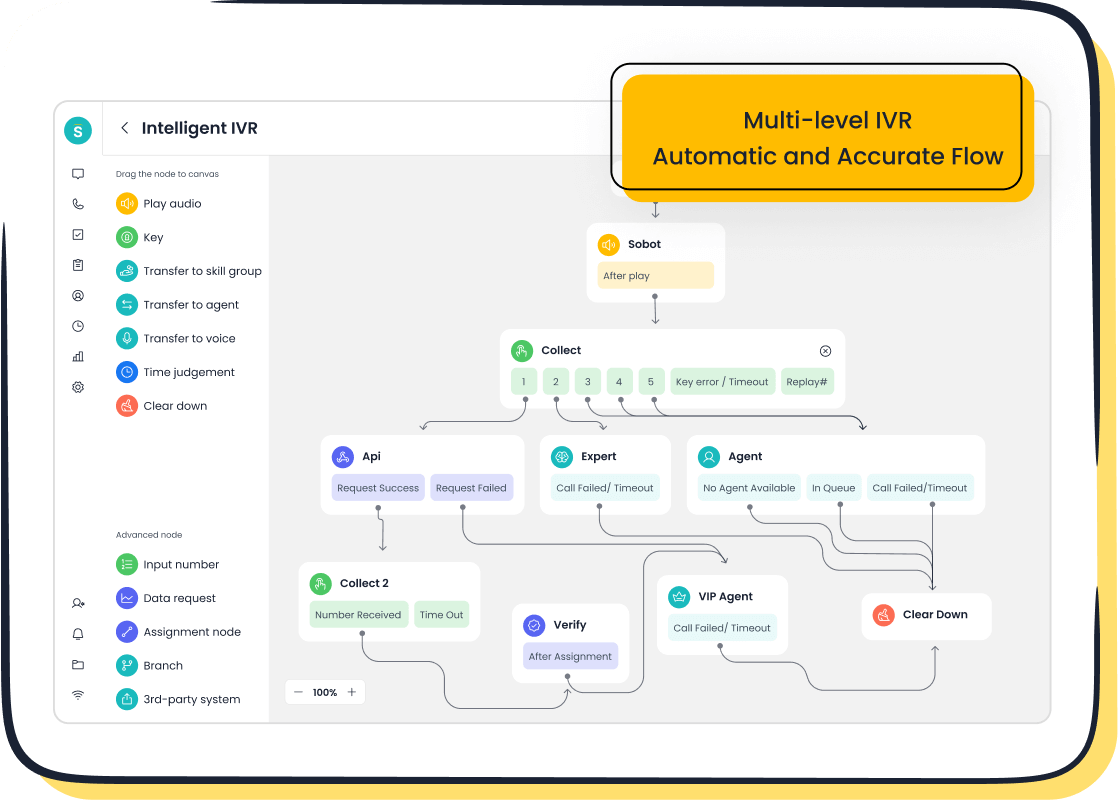
Imagine having a voicebot that handles routine inquiries while your agents focus on resolving complex issues. Sobot’s AI-powered Voicebot does exactly that. It automates repetitive tasks like appointment scheduling, data entry, and even customer follow-ups. This not only reduces errors but also ensures faster resolutions.
Pro Tip: Start small. Identify one or two repetitive tasks to automate, such as sending order confirmations or collecting feedback. Gradually expand automation as you see results.
By leveraging AI tools, you can streamline your processes, reduce costs, and deliver a better experience for your customers. Automation isn’t just about efficiency—it’s about creating a service that feels seamless and effortless for everyone involved.
The Role of Technology in Enhancing Customer Service Metrics
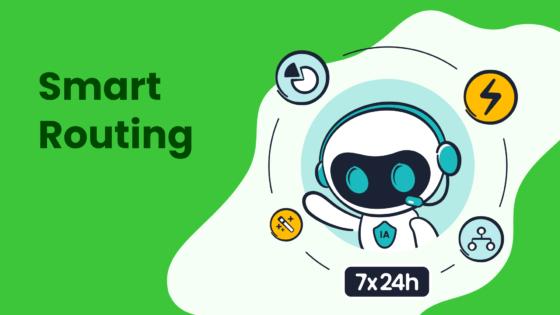
Benefits of Sobot's Omnichannel Solution
Technology plays a vital role in improving customer experiences, and Sobot's Omnichannel Solution is a prime example. It simplifies communication by unifying all channels—voice, email, social media, and more—into one platform. This makes it easier for your team to deliver consistent, personalized service.
The benefits of this solution are backed by impressive results. For instance:
| Benefit | Metric/Result |
|---|---|
| Customer Satisfaction | Positive feedback increased to 96%+ |
| Efficiency | Inbound discussion volume reduced by 20% |
| Problem Resolution Rate | 85% of problems solved |
| Self-service Capability | 22.2% of questions answered autonomously |
| Customer Satisfaction Score (CSAT) | 97% CSAT score |
| Correct Answers | Over 80% of answers are correct |
| NPS Improvement | Improved NPS for over 10,000 brands |
| Sign-off Rate | Increased by about 35% |
| COD Collection Rate | Increased by about 40% |
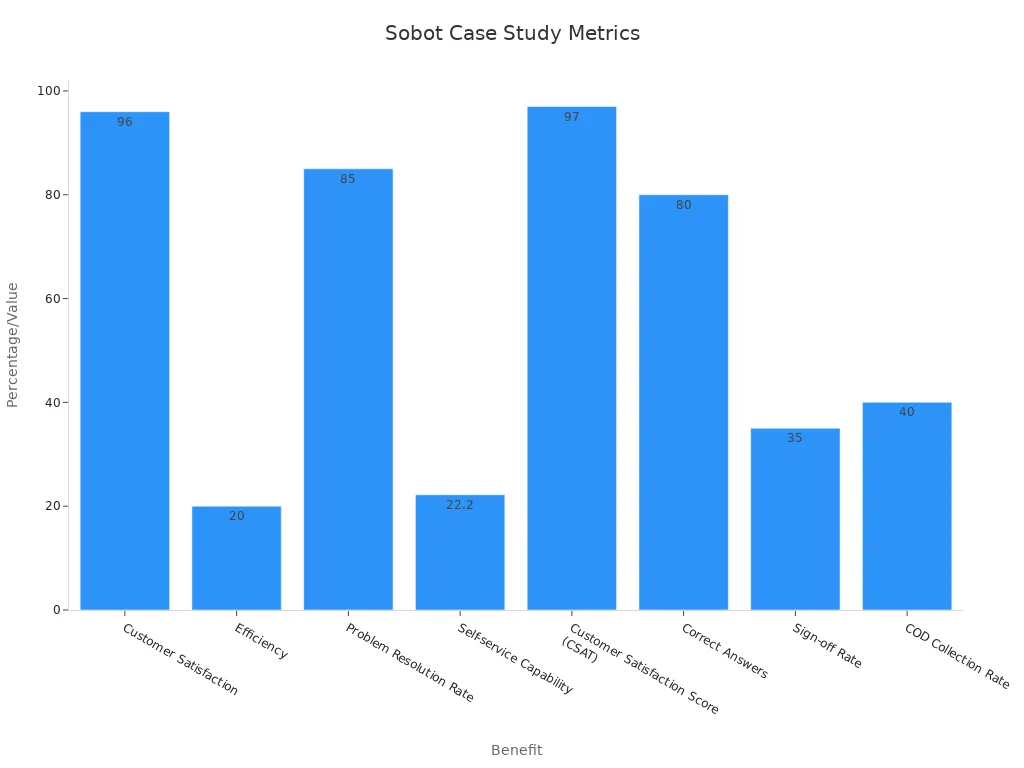
By reducing repetitive tasks and improving problem resolution rates, Sobot's solution ensures your customers receive faster and more accurate support.
How AI and Automation Improve Key Metrics
AI and automation are game-changers for customer service. They help you handle repetitive tasks, predict customer needs, and improve efficiency. For example, AI-powered tools can analyze customer behavior to identify trends and suggest solutions before issues arise.
Studies show the impact of automation:
| Study Title | Findings | Link |
|---|---|---|
| The impact of automation and optimization on customer experience: a consumer perspective | Companies have invested significantly in automation, leading to improved customer satisfaction and relationship management. | Link |
| Customer Support Metrics Guide | Effective use of KPIs has led to remarkable improvements in customer service metrics across various businesses. | Link |
Sobot’s AI-driven chatbots and voicebots take this a step further. They handle routine inquiries, freeing your team to focus on complex issues. This not only reduces response times but also boosts customer satisfaction.
Real-World Success Stories: Samsung's 97% Customer Satisfaction with Sobot
Samsung’s collaboration with Sobot highlights how technology can transform customer service. Facing challenges with fragmented communication channels and data, Samsung implemented Sobot’s all-in-one contact center solution. The results were remarkable:
- Customer satisfaction soared to 97%.
- Agent efficiency increased by 30%.
- VIP customers received personalized video support, enhancing loyalty.
Sobot’s platform unified Samsung’s communication channels and integrated with internal systems like ERP and ticketing. This allowed agents to access complete customer histories, reducing repetitive interactions. The addition of chatbots for routine queries further streamlined operations.
Samsung’s success story proves that investing in the right technology can elevate your service and strengthen customer relationships.
Mastering customer service metrics is your gateway to building stronger relationships with your customers. Metrics like Net Promoter Score and Customer Satisfaction Score provide actionable insights that help you refine your strategies. Satisfied customers are more likely to return and recommend your business, while loyal ones contribute to steady revenue through repeat purchases.
To get started, focus on these steps:
- Identify specific metrics like satisfaction scores and retention rates.
- Set benchmarks to measure progress.
- Continuously monitor real-time data and gather feedback to refine your approach.
Sobot’s Voice/Call Center and Omnichannel Solution make this process seamless. With tools for real-time tracking and unified communication, you can deliver exceptional service while staying ahead of customer expectations. Start implementing these strategies today to elevate your service and foster lasting loyalty.
FAQ
What are the most important customer service metrics to track?
Metrics like Customer Satisfaction Score (CSAT), Net Promoter Score (NPS), and First Response Time (FRT) are essential. They help you measure satisfaction, loyalty, and efficiency. Tools like Sobot’s Voice/Call Center make tracking these metrics simple with real-time monitoring and analytics.
How can I improve my customer satisfaction scores?
Focus on faster resolutions and personalized service. Use tools like Sobot’s Omnichannel Solution to unify communication channels. This ensures consistent experiences across platforms, making it easier for customers to get the help they need.
Why is reducing customer effort so important?
Low-effort experiences lead to higher loyalty. Research shows 94% of customers who experience low effort will repurchase. Sobot’s AI-powered tools, like chatbots, streamline interactions, reducing the steps customers need to take to resolve issues.
How does technology help in tracking customer service metrics?
Technology simplifies tracking by automating data collection and analysis. For example, Sobot’s Voice/Call Center offers features like call tracking and smart routing. These tools provide actionable insights, helping you improve service quality and efficiency.
Can small businesses benefit from customer service metrics?
Absolutely! Metrics help businesses of all sizes understand their customers better. Small businesses can use tools like Sobot’s Voice/Call Center to track metrics affordably, ensuring they deliver excellent service and build loyalty.
See Also
Essential Strategies for Effective Call Center Quality Management
Ten Ways to Enhance Customer Satisfaction Through Live Chat
Comprehensive Overview of Call Center Quality Management Systems
Improving Call Center Efficiency Through Effective Monitoring Techniques
